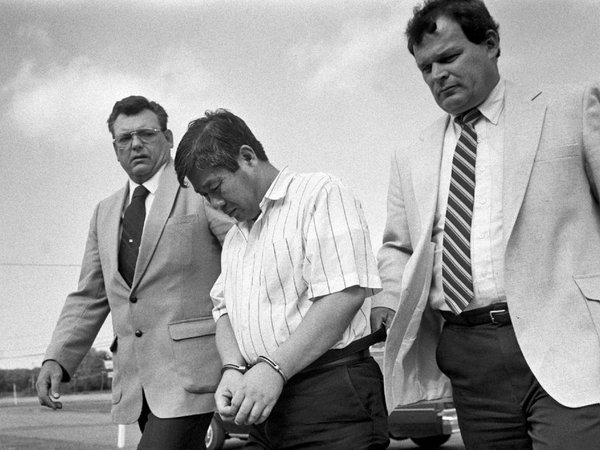by TONY KIM
Nearly 25 years ago, Han Tak Lee lost his family and his freedom when a jury found him guilty of setting fire to a church retreat cabin in the Pennsylvania mountains, a blaze that killed his 20-year-old daughter.
An account from the Philadelphia Inquirer:
Jung Sun Lee was led up a hill to the blackened skeleton of a small cabin in the Poconos. Early that morning, her daughter’s charred body had been found curled in the fetal position, her face burned beyond recognition.
Jung Sun collapsed to her knees, covering her face and crying before firefighters and investigators. Her husband, Han Tak Lee, stood by, staring beyond her.
To onlookers, the Korean-born Lee, 57, seemed so stoic, so restrained, so cold.
And that demeanor was a major reason he was found guilty in 1990 of murdering his daughter, Ji Yun, by arson. He was sentenced to life without parole.
For decades, thousands in the Korean American community have insisted that Han Tak Lee is innocent. They believe that his behavior during and after the file, while incomprehensible to most Americans, falls in line with the Korean custom of men suppressing their pain in public. The 78-year-old Lee, who is serving a life sentence without parole, has been appealing his case in federal court since 2008.
At last, there is a glimmer of hope for the Korean American father. New tests have been done on the evidence and results show that the 1990 conviction was based on flawed science. This month, U.S. Magistrate Judge Martin C. Carlson recommended that Lee be released from prison or given a new trial. A federal district judge must now approve the recommendation.
Han Tak Lee had taken his daughter to the cabin in hope of curing her manic depression through religious rituals. At his trial, his attorney did not contest the finding of arson but argued that it was set by his daughter to commit suicide, an idea that the family has rejected. Instead, Lee maintains the fire was an accident.
New developments in fire science over the past two decades have casted doubt on the evidence of the alleged arson. Specifically, expert witnesses pointed to burn patterns on the floor as proof of Lee’s usage of accelerants to start a fire. However, John J. Lentini, a renowned expert on fire debris, was instrumental in showing that similar burn patterns were also found in houses devastated by the Oakland firestorm of 1991.
Lee’s longtime defense attorney Peter Goldberger told AP that his team was excited by the judge’s recommendation, but noted there are additional steps that still need to be taken to free his client.
Kyung Sohn, who heads the National Committee to Free Han Tak Lee, told the AP that Lee, while in poor health, hopes to reclaim his reputation as well as his freedom.
“He mentioned that ‘God is with me, that I am innocent,'” Sohn said. “In my thinking, 99.99 percent he will be free. We pray every day.”
Sept. 6, 1989 file photo from the Associated Press.









